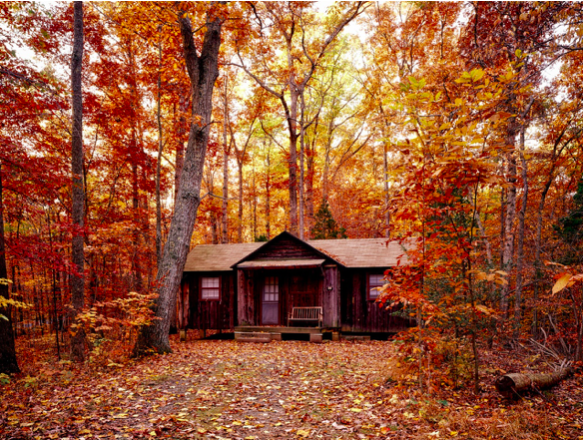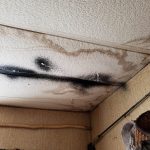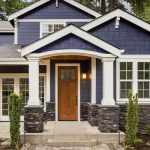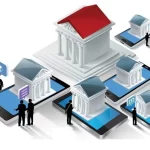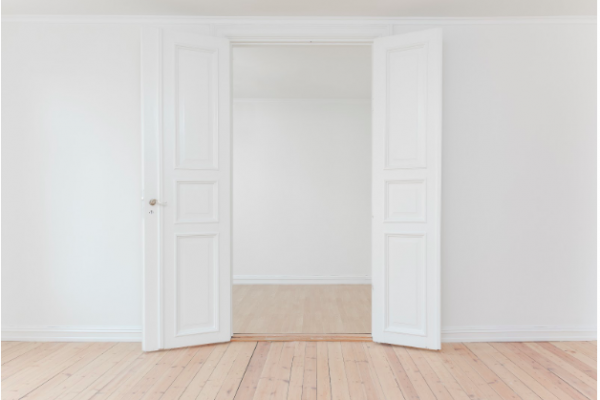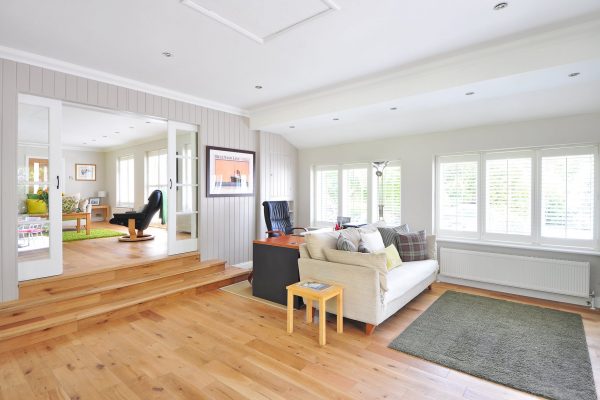Traditional homes are no longer the sole choice for acquiring a property. These days, prefab homes are one of the choices that buyer can choose. Prefab homes are prefabricated housing, a term that also covers the modular and manufactured homes.
Prefab homes are generally built off-site or in a factory. It means that there is much less waste when it comes to the construction home itself. Companies that build prefab homes are attempting to limit the cost and save on various materials. They have the exact calculation of the materials needed for each module, kit, or panel.
Below are the different types of prefab homes and the benefits you can get:
Types of Prefab Homes
Manufactured Homes
They are also known as mobile homes. Manufactured homes are built on non-removable steel frames called chassis. These chassis are used to transport the homes as well as functioning as a permanent support. Moreover, mobile homes are fully constructed in a facility. It can come in so many various sizes and shapes. Manufactured homes may be a simple one-story or it can be huge and complex. They are considered a cheaper alternative home construction attributed to their assembly-line construction.
Modular Homes
Modular homes are composed of one or more modules that were built in factories and then transported separately to the construction site. The materials used in modular homes are frequently costly and bigger compared to manufactured homes.
If you’re looking for customization options, you can achieve that but it will be pricey. Upgrades may include granite countertops and personal touches such antique tile flooring. It also comes with fully-outfitted with interior fittings including closets, electrical, and plumbing.
Panelized Homes
These homes are built in panels and each panel is transported to the building site, where it will be constructed into a house. The foundation and the floor are laid first in this home construction. All the exterior parts like exterior walls are installed on the site. Some homes arrive on the site with doors and windows installed and other parts will be installed on-site. Usually, panelized homes require more finishing work such as painting, cabinetry installation, and others must be completed on-site.
Panel construction is more suitable for offices and commercial structures because it allows more openness inside the buildings. Depending on subcontractor schedules, the total construction time is estimated at three to five months.
Kit Houses
The history of kit homes goes back to the old days when people were buying houses in a catalog and these houses were shipped by train to the house site. Today, kit homes are far more sophisticated, elaborate, and efficient. All the parts of a kit home are built in the factory. They are numbered and shipped to the site where it will be built. Kit homes or also known as pre-cut homes are usually dome homes or log cabin kits.
Shipping Container Homes
Shipping container homes are literally made using industrial steel shipping containers. It has become popular because of its funky and creative design. Similar to the modular home, the shipping container home can be stacked and pieced together to build a home, office, and more. Although they are storing and sturdy, they are not designed for residential use. You might want to check with local government about the code and restrictions on having that kind of home.
Advantages of Prefab Homes
Cheaper than Traditional Homes
The cost of having prefab homes is usually less expensive compared to stick-built homes and traditional homes.
Faster to Build
Compared to traditional home, prefab home construction can take one to four months longer.
Flexible in Size and Design
With prefab homes, you have a lot of choices when it comes to size, design, and layout.
Energy Efficient
If you’re environmentally conscious, prefab homes are for you. From the way it was built in a factory and materials used to construction timeframe, prefab homes are highly energy-efficient space. It also helps in reducing utility bills.

